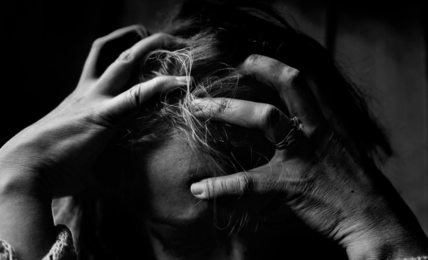Ontario Medical Association recommends interventions to combat physician gender pay gap
While the suggestions are a step towards equality, race and non-binary identities do not appear to be accounted for, suggesting the new approach may not address all the disparities some underrepresented doctors face.







